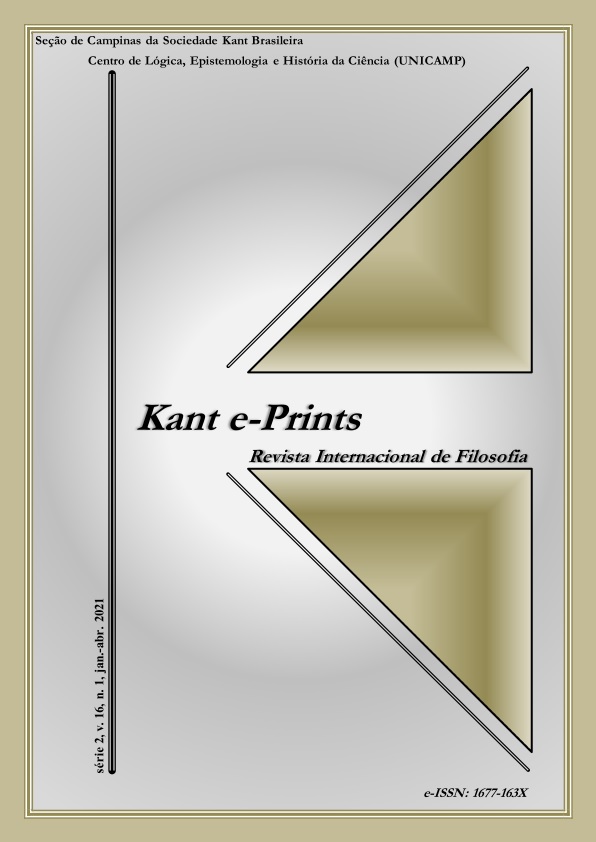Abstract
Although Schiller recognizes the “kantian origin of most principles” that he developed in ästhetische Briefe [1794-95], experts report this influence, in general, to the Kritik der Urteilskraft [1790]. However, this article addresses the importance of the kantian antinomies of Transcendental Dialectic, of the Kritik der reinen Vernunft [1780]. Based on this observation, the hypothesis is raised that there is a direct link between the transcendental regulatory principle, which served to reorient the transition from conditioned to unconditioned, and Schiller's concept of beauty which takes the form of a regulatory-aesthetic principle to guarantee the transition of humanity from its imperfection to anthropological plenitude. In this sense, the proposed discussion defends the thesis that the beautiful schillerian owes his moral status to the methodological resolution that Kant operated in front of the dilemma imposed by
antinomies, a lesson that inspired Schiller to convert the beautiful into a moral regulatory principle.
Keywords: Kant; Schiller; Antinomies; Regulatory Principle; Beauty.

This work is licensed under a Creative Commons Attribution-NonCommercial 4.0 International License.
